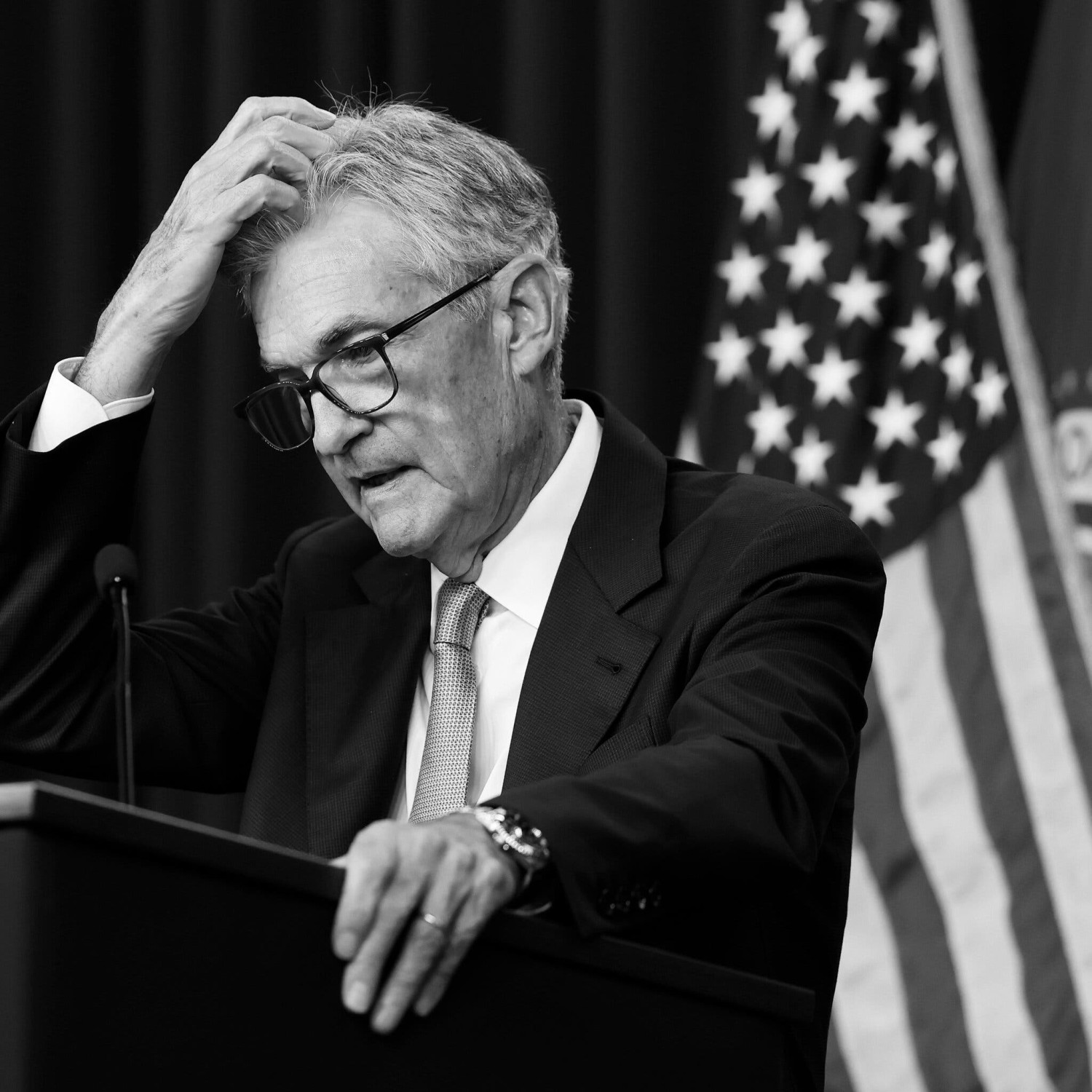
This article is more than
2 year old
For the last three years, the Federal Reserve has been fighting to bring inflation down. Now it has boldly moved to protect the second half of its dual mandate: to keep employment strong.
On Wednesday, the Fed broke with precedent and cut its policy interest rate by 0.5 percentage point instead of the usual 0.25. The decision, which surprised many, is good for the economy and begins the last phase of the Fed’s policy response to the Covid pandemic. At the start of the pandemic, the Fed rapidly slashed rates effectively to zero to keep the economy afloat — only to drastically change course and raise rates just as rapidly in 2022, when inflation spiked. With this week’s decision, the Fed has brought the federal funds rate, now in a target range of 4.75 percent to 5 percent, a step toward pre-pandemic norms.
The Fed has now clearly signaled that it is starting to wind down its battle against inflation. And for good reason. Personal consumption expenditure inflation, its preferred measure, was 2.5 percent in July, and while that’s still somewhat elevated, it’s about a third of the peak in 2022. The data has shown inflation falling for much of the past two years. Even after this cut, the funds rate remains high enough to discourage some borrowing and spending, so the Fed is still fighting inflation by restraining demand.
Unlike many other central banks, however, the Fed has a mandate for maximum employment along with price stability, and the decision for a larger cut also signals that it is taking seriously recent signs of slowing in the labor market. That’s appropriate. Over the past two months, data has indicated that the labor market was not as strong as the Fed thought. Where things stand is largely fine — the unemployment rate is 4.2 percent, and monthly payroll gains are only somewhat below their strong pace before the pandemic — but the trend is worrisome. The labor market is cooling off.
The increase in the unemployment rate over the past year is in line with increases early in past recessions. While that indicator, the so-called Sahm rule (yes, I came up with it), has accurately forecast prior recessions, it and other economic rules of thumb are too simple for this complicated, post-pandemic time. The United States is not in a recession or even on the verge of one. G.D.P. is on track to grow about 3 percent for the second straight quarter.
Still, a larger rate cut now allows the Fed to reduce the risk. The level of the funds rate was too high given the progress on inflation and the cooling in the labor market. The Fed chair, Jerome Powell, referred to the cut as a “recalibration.”
A half-point cut is a big deal. Typically, when cutting rates, the Fed sticks to smaller, one-quarter-point increments unless there is intense economic or financial market strain. March 2020, when the pandemic struck, and October 2008, during a financial crisis because of the housing market collapse, were the last two half-percentage point cuts, and they fit the standard playbook. That naturally led some commentators to worry that Wednesday’s cut would signal that the economy is in crisis.
That may explain why this move raised dissent. One Fed governor, Michelle Bowman, preferred a quarter-percentage-point cut — the first dissent from a governor since 2005.
That makes sense. This was a tough call. Given the uncertainties in the economic environment, differences will arise. Waiting to build a full consensus would have slowed down the adjustment in the policy rate, and suppressing the dissenting vote would have conveyed false certainty to the public. It is good for Mr. Powell to establish that dissent is welcome, as the Fed begins what could be two years of similarly contentious decisions.
We can expect more rate cuts down the road. According to the Fed’s new forecasts, as inflation falls most Fed officials expect to be able to reduce the funds rate by at least an additional percentage point and a half before the end of 2025. But that assumes only a small increase in unemployment, and forecasts have been proved wrong repeatedly in the past four years. The large, first rate cut underscores the Fed’s willingness to pivot as it gets new information, and to not be tied to the past.
Mr. Powell was blunt when he said last month at the Jackson Hole Economic Symposium that further cooling in labor market conditions was not welcome or necessary. This week, he declared that “the time to support the labor market is when it’s strong and not when we begin to see the layoffs.”
With this statement and this cut, Mr. Powell is cementing his legacy as someone who embraces both sides of the agency’s dual mandate. With solid growth, relatively low unemployment and the stock market near record highs, the Fed chose to cut from a position of strength to preserve that strength.
Claudia Sahm is the chief economist at New Century Advisors and a former Federal Reserve economist.
The Times is committed to publishing a diversity of letters to the editor. We’d like to hear what you think about this or any of our articles. Here are some tips. And here’s our email: letters@nytimes.com.
Follow the New York Times Opinion section on Facebook, Instagram, TikTok, WhatsApp, X and Threads.